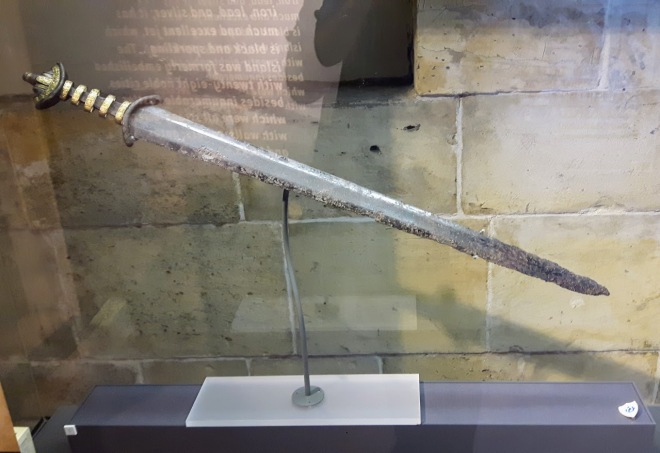Many years ago, maybe in 2002 or so, I was at the Imperial War Museum in London. There was an exhibit on about irregular and guerrilla tactics, and I was struck by the section on assassination. There was a whole big placard that asked whether assassination as a tactic could ever be justified. And then right next to it, there was a huge photo of Reinhard Heydrich, to a nicer guy than whom it could not happen. This is known as framing the question.

Anyway, this thought came to mind as I was watching Anthropoid, Sean Ellis’ 2016 movie about, you guessed it, the assassination of Reinhard Heydrich by Czechoslovak soldiers in 1942. Cillian Murphy and Jamie Dornan play two guys parachuted into Czechoslovakia by the British with the goal of killing Heydrich. They make contact with the local resistance and gradually plan the thing, navigating the tactical challenges of the job as well as the political challenges of dealing with the resistance and others.
OK, first: it’s good. Well-directed, good performances, and quite a lot of historical accuracy. The assassination and the subsequent manhunt are depicted in great detail, with minor characters based on historical people and (apparently) careful reconstructions of just about every move of the whole thing. This does have the effect of making it weird when there are fictional characters: for instance, Cillian Murphy’s love interest plays a historical role similar to the real Anna Malinova, but is a different character. For the most part, though, it’s very plausible (I don’t know about “realistic,” but watching it you can definitely see how it could have happened that way).
Historical accuracy in a film about an assassination by resistance fighters means things are pretty brutal in Anthropoid, and the movie doesn’t shy away from depicting the horrible consequences for the main characters’ contacts and allies, and indeed for Czechoslovakia as a whole. Indeed, the whole second half of the film is just the aftermath of the killing: the roundup of anyone even kind of connected to anyone involved, the brutal reprisals, the betrayals, the doomed last stand against the advancing Germans. Thousands were killed, which raises the question of whether killing one guy, no matter how big a villain, was worth it. It puts the relevant arguments in its characters’ mouths a little, but particularly at the end it leaves you to draw your own conclusions about whether it was a good idea to blow Heydrich up. It keeps the patriotism to a minimum, too: some Czech characters are seen as defiant patriots, while others are cautious and responsible, self-interested, or just tired of the occupation.
So Anthropoid is a good movie, even if it’s not exactly a laugh a minute with its suicides and torture and severed heads and civilian casualties. It’s well-executed; the minutes before the assassination sequence are almost sickeningly tense. What it isn’t is particularly innovative — it’s a wartime spy drama, and it’s pretty much like every wartime spy drama. That makes sense considering that this is the actual event that a lot of wartime spy dramas are based on.
Unlike a lot of the historical tosh I watch on here, it’s not really a lot of fun but it’s definitely worth a watch. If you don’t know much about the Heydrich assassination, you’ll actually learn some things from it — I was surprised when I did my usual post-film lookup to find how many historical details were replicated. If you do know a lot about it, you probably won’t learn anything new, but it’s still a tense, interesting story.





